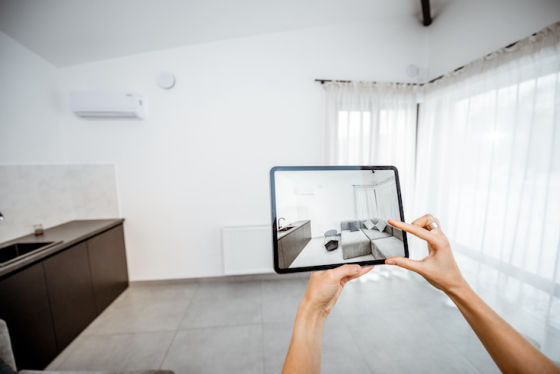What is AR and what are the use cases
AR stands for Augmented Reality, which is a technology that combines digital information with the user's physical environment in real-time. In other words, AR adds computer-generated elements such as images, sounds, and text to the real-world environment to create an immersive and interactive experience. AR is often used in mobile applications, video games, and marketing campaigns to enhance the user's experience and engagement. Some examples of AR include Snapchat filters, Pokemon Go, and Ikea's AR app that allows customers to visualize furniture in their homes before making a purchase.
There are many potential uses of augmented reality (AR) technology across various fields and industries. Here are some examples of how AR can be used:
Retail: AR can be used to enhance the shopping experience by allowing customers to virtually try on clothes, see how furniture would look in their home, or view product information and reviews.
Education: AR can be used in education to provide immersive and interactive learning experiences. For example, AR can be used to bring historical events or scientific concepts to life, or to provide visual aids for learning.
Healthcare: AR can be used in healthcare to aid in medical training and education, to simulate surgeries or procedures, or to help patients visualize and understand their diagnosis and treatment options.
Entertainment: AR can be used in entertainment to create immersive experiences such as games or interactive museum exhibits.
Manufacturing: AR can be used in manufacturing industry to help workers visualize and interact with 3D models of products, and to provide guided instructions for assembly or maintenance.
Military: AR is used in military training to simulate battle scenarios or to provide soldiers with real-time information and tactical support.
Tourism: AR is being extensively used in tourism industry to provide visitors with virtual guides or to enhance the experience of visiting historical or cultural sites.






